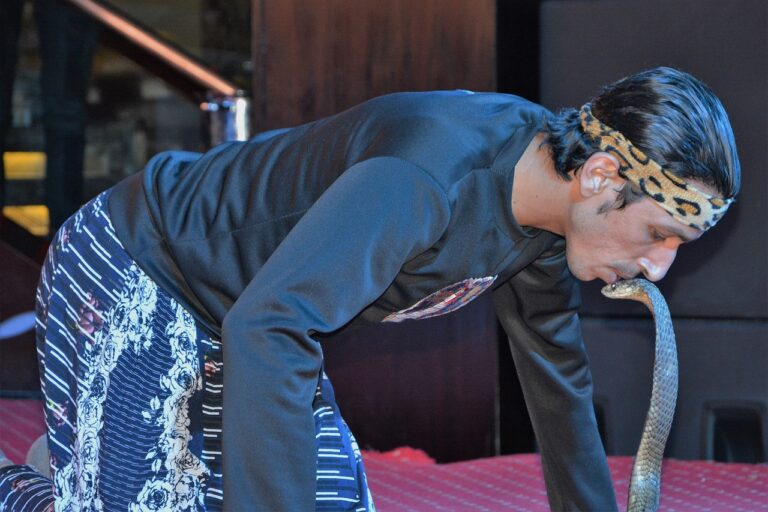Exploring the Role of CGI in Reviving Deceased Actors on Screen
CGI, or Computer-Generated Imagery, has significantly transformed the film industry since its inception. It all began in the 1970s when computer technology started advancing rapidly, allowing filmmakers to experiment with incorporating artificial visuals into their projects. By the 1980s, CGI slowly made its way into movies, initially used for simple tasks like creating wireframe models or enhancing practical effects.
As the 1990s rolled in, groundbreaking films like “Terminator 2: Judgment Day” and “Jurassic Park” showcased the immense potential of CGI in creating realistic visual effects. Audiences were captivated by the lifelike creatures and futuristic worlds brought to life on screen like never before. This period marked a pivotal moment in the history of CGI, propelling it into the mainstream and setting the stage for its further evolution in the film industry.
The Evolution of CGI Technology
CGI technology has come a long way since its introduction in the film industry. As computers became more powerful and software more advanced, the possibilities for creating realistic and immersive visual effects expanded significantly. Filmmakers began to utilize CGI not just for big action sequences and fantastical worlds, but also for subtle enhancements that enhanced the overall storytelling.
The evolution of CGI technology has also revolutionized the way filmmakers approach the process of filmmaking. With the ability to create entire environments and characters digitally, directors have more creative freedom than ever before. This technology has blurred the lines between what is real and what is computer-generated, allowing filmmakers to push the boundaries of visual storytelling in ways that were once unimaginable.
Notable Examples of Deceased Actors Being Revived Through CGI
With the advancements in CGI technology, filmmakers have been able to bring back deceased actors to the screen in a seamless and realistic manner. One such remarkable example is the portrayal of Peter Cushing as Grand Moff Tarkin in “Rogue One: A Star Wars Story” released in 2016. Cushing passed away in 1994, but through the magic of CGI, his character was revived with stunning visual effects that amazed audiences.
Another notable instance of a deceased actor being brought back to life through CGI is the case of Paul Walker in “Furious 7” released in 2015. Walker tragically passed away in a car accident before the completion of the film, yet using CGI technology, his performance was completed, allowing his character to have a fitting send-off in the movie. The seamless integration of CGI to honor the legacy of these actors showcases the power of technology in the film industry.





